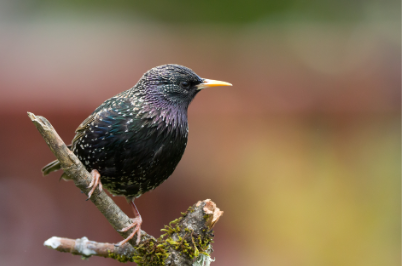In this video, we're going to talk about sampling stationary organisms using transects and quadrats. And so what's important to know is that populations are often way too large for ecologists to study them in their entirety. And so instead, ecologists tend to examine these populations by strategically sampling smaller parts of the larger population, and then they can use those smaller samples to represent the entire population. Now stationary organisms or organisms that don't move at all and very slow moving organisms can be sampled using what are known as transects or quadrats. Now transects are simply lines of known position and length extending through a habitat, and so this makes it very easy for an ecologist to either count the number of organisms that fall on the line or to count the number of organisms that fall within some distance of that line.
And so notice that the image on the left-hand side over here is showing you an example of one of these line transects, which you can see right there. Now quadrats on the other hand are rectangular plots, and often they are just squares that can be set up either at random locations within the habitat or they could be set up at regular intervals along a transect. And so notice that in this image on the left-hand side, you can see a quadrat is being used in combination with the transect. But again, they can be used in random locations as well. And so over here on the right, you can see a zoom-in of one of these quadrats, and, again, it's really just this rectangular plot or a square-shaped plot, if you will, and all you got to do is count the number of organisms that fall within it.
Now organisms along a transect or within a quadrat, again, can be very easily counted up. And then that data can be extrapolated or used to estimate the total population size without actually having to go out and count every single organism in the entire population. Now again, these methods only work for stationary or slow moving organisms, as mobile organisms will tend to scatter away from the line transects and scatter out of the quadrats. Now this concludes this video, and we'll get some practice moving forward, and then talk about mobile organism sampling. So see you all in our next video.



